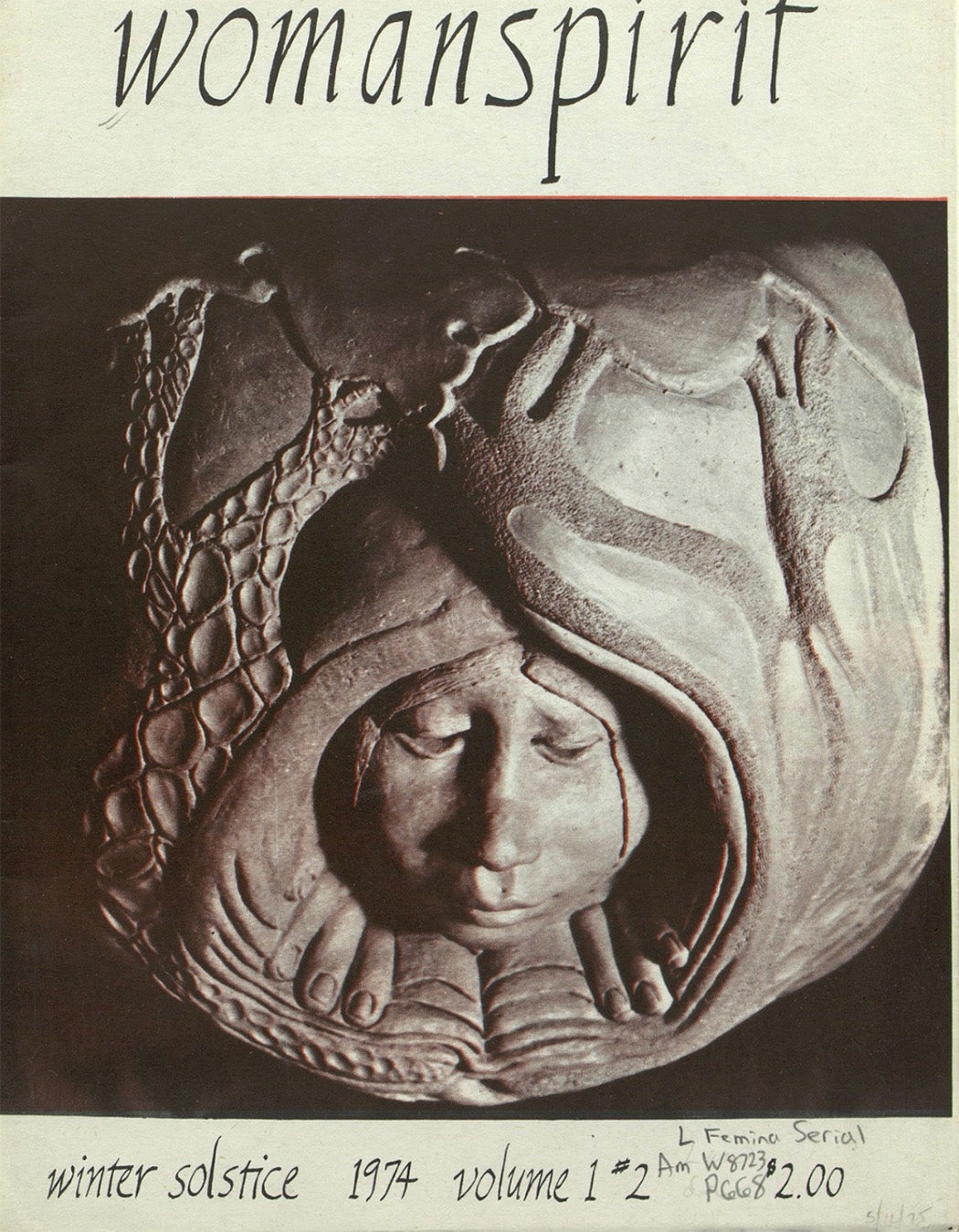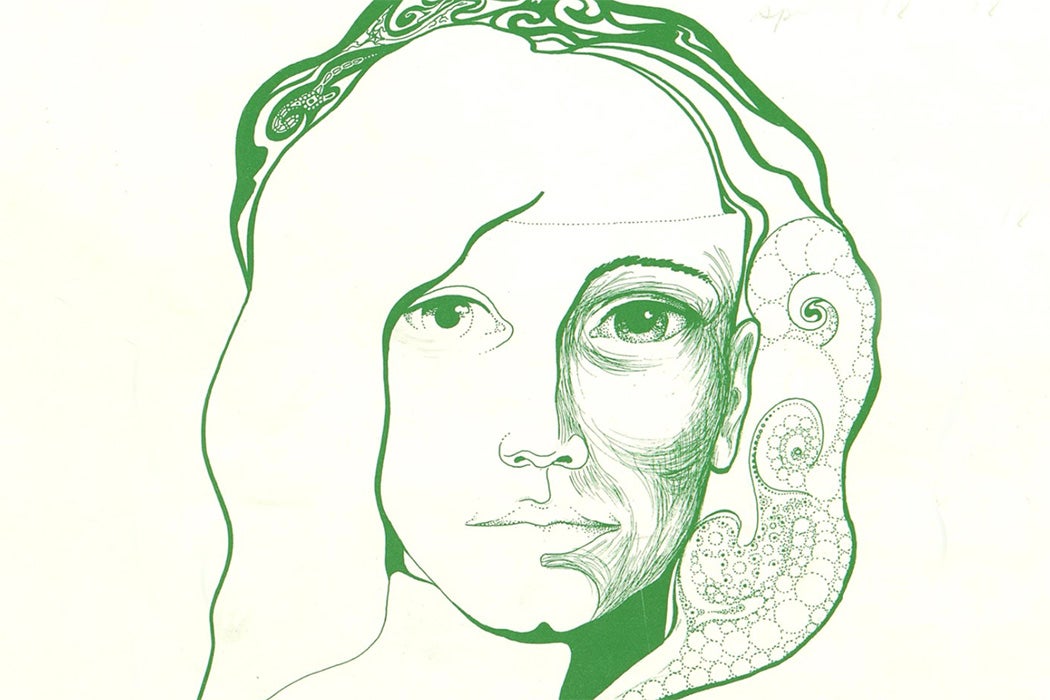By most accounts, the first generation of underground newspapers was overwhelmingly misogynist. Many of these papers began publication between 1964 and 1967, just before second-wave feminism had fully taken hold. Even though most of these papers were socially progressive with regard to the war in Vietnam and racism, the majority were blind to gender inequality.
In Smoking Typewriters: The Sixties Underground Press and the Rise of Alternative Media in America, historian John McMillan writes of the division of labor within the otherwise democratically organized underground paper The Rag (Austin, Texas): “Predictably, women were more likely to shoulder the most laborious chores—folding and collating, typing articles, and running the Multilith printing machine.”
The rampant sexism in the papers led women of Rat, an underground newspaper in New York, to revolt and eventually take control of the paper. In January of 1970, a sex- and pornography-themed issue of Rat ignited criticism from feminist groups. The women of Rat responded by issuing their own special issue. In it, feminist Robin Morgan wrote an article titled “Goodbye to All That,” which argued that Rat “must be taken over permanently by women—or Rat must be destroyed.” Morgan “says goodbye” to “white men ‘responsible for the destruction of human life and environment on the planet today’” and to “‘Hip Culture and the so-called Sexual Revolution, which has functioned toward women’s freedom as did the Reconstruction toward former slaves.’”
Morgan concludes:
Women are the Real Left. We are rising, powerful in our unclean bodies; bright glowing mad in our inferior brains; wild hair flying; wild eyes staring, wild voices keening…We are rising with a fury older and potentially greater than any force in history, and this time we will be free or no one will survive. Power to all the people or to none. All the way down this time.
Morgan and other women of Rat took permanent control of the newspaper and continued publishing for two years. By that time, feminist underground newspapers, magazines, and journals were sprouting up all over the country. It may well be that underground publishing was an important means of expression for feminist concerns, not only because underground editors had pioneered a means of publishing alternative perspectives, but also because the chauvinism of early underground papers called for a response.
Despite the rampant sexism among early underground papers, there were women who contributed to them as columnists and authors. One was Sheila Ryan.

Ryan was a civil rights activist who began her career in the underground press at the Washington Free Press, out of Washington, DC, in 1967. She reported on the draft resistance movement and student activism.
Later that year, Ryan was sentenced to six months in prison for participating in a sit-in at the White House. Ryan and her fellow demonstrators intended to gain an audience with President Lyndon B. Johnson to discuss the police brutality that had happened a few days earlier at the well-known civil rights march from Selma to Montgomery, Alabama, in 1965.
After being released from prison in early 1968, Ryan resumed writing for the Washington Free Press and soon the Liberation News Service (LNS), which provided articles to underground papers all over the country. Because the majority of underground papers subscribed to LNS and printed many of the stories included in its packets, Ryan gained a national audience.
Ryan’s work primarily covered topics of national interest: the draft, international demonstrations, racism, and the efforts of organizations and the government to quell youthful resistance. But in 1968, she helped transform the underground press.
A national meeting of underground editors and authors took place in July 1969. The meeting was held at a farm owned by a collective known as the Trans-Love Energies United. It was tumultuous. Participants were paranoid that they were being infiltrated by the FBI and the CIA and that local police would bust the meeting and send many of them to jail on trumped-up charges. Their fears were not totally unfounded as, according to one underground author, police wielding shotguns arrived, allegedly looking for a young woman from the The Seed (a Chicago paper), who had been arrested for possession of marijuana.
In response to the chauvinism that was by then well known among underground publications, Ryan introduced a three-point resolution. According to McMillan, it stated: “(1) sexism must be eliminated from underground papers’ content and ads, (2) undergrounds should publish articles on women’s oppression, [and] (3) women should have full roles in underground papers’ staffs.” The three-point plan initiated transformation (although temporarily) in the Berkeley Barb, which ceased for a time printing the sex ads for which it had become well known, and likely contributed to the efforts of the women of Rat who eventually commandeered the publication.
Get Our Weekly Digest
Despite working in a remarkably misogynist era of underground publishing, Ryan was an active participant in the underground press. Her work found its way into papers all over the country. She was published in Los Angeles, Berkeley, Atlanta, New York, Austin, Ann Arbor, Chicago, and more. In addition to writing for LNS and the Washington Free Press, Ryan served as a board member on the Underground Press Syndicate (UPS), attended and made significant contributions to national conferences, and worked actively to keep LNS attuned to the political challenges it faced. Ryan came to the Washington Free Press as an activist and quickly earned national significance as an author and leader of the underground press.
Works by Shelia Ryan can be found on JSTOR in the Independent Voices collection from Reveal Digital.
Support JSTOR Daily! Join our new membership program on Patreon today.







